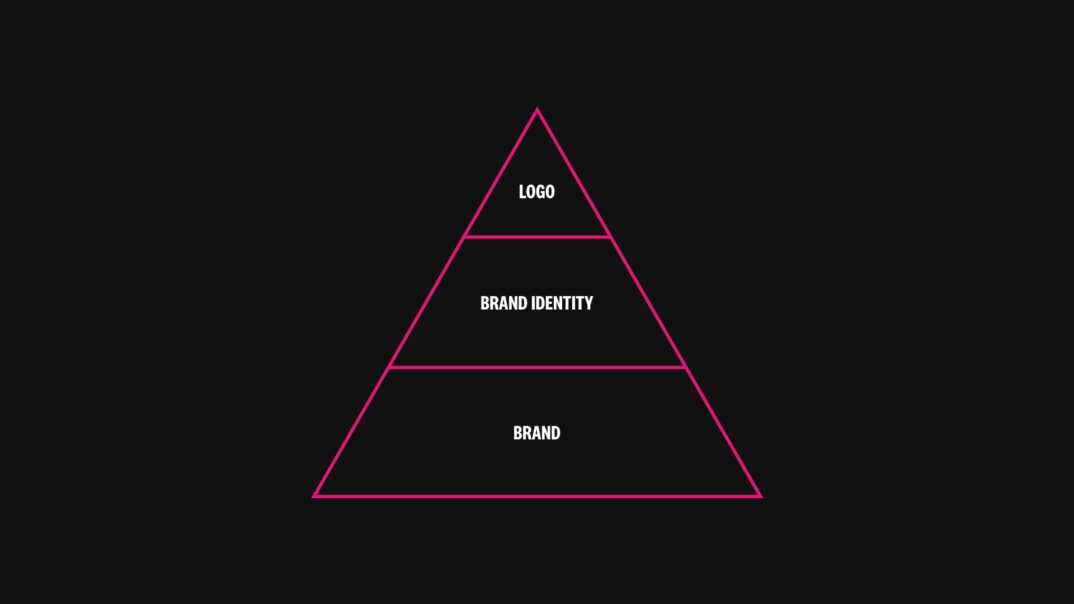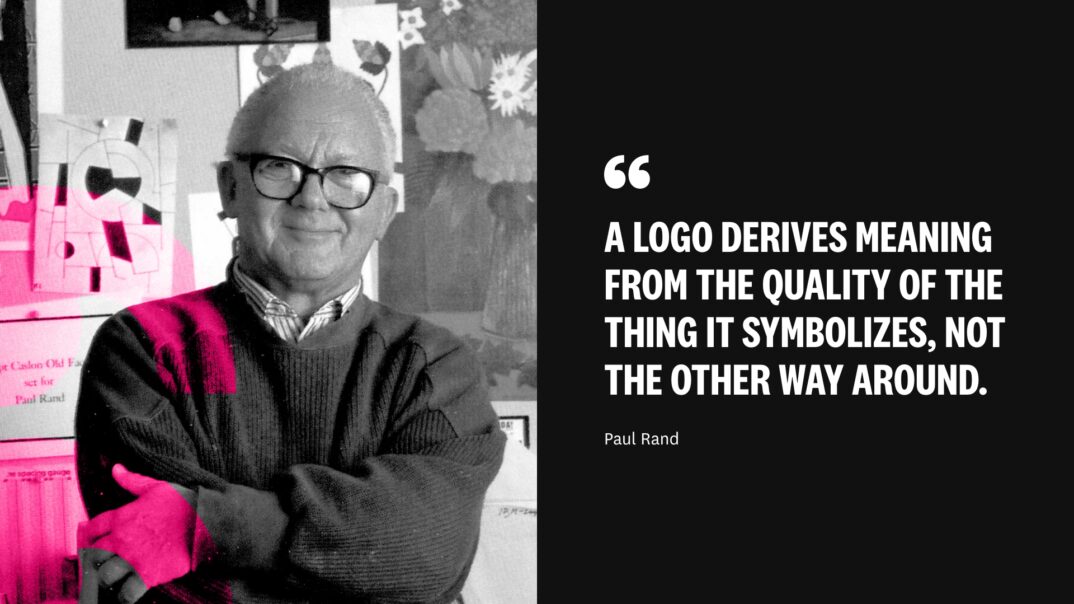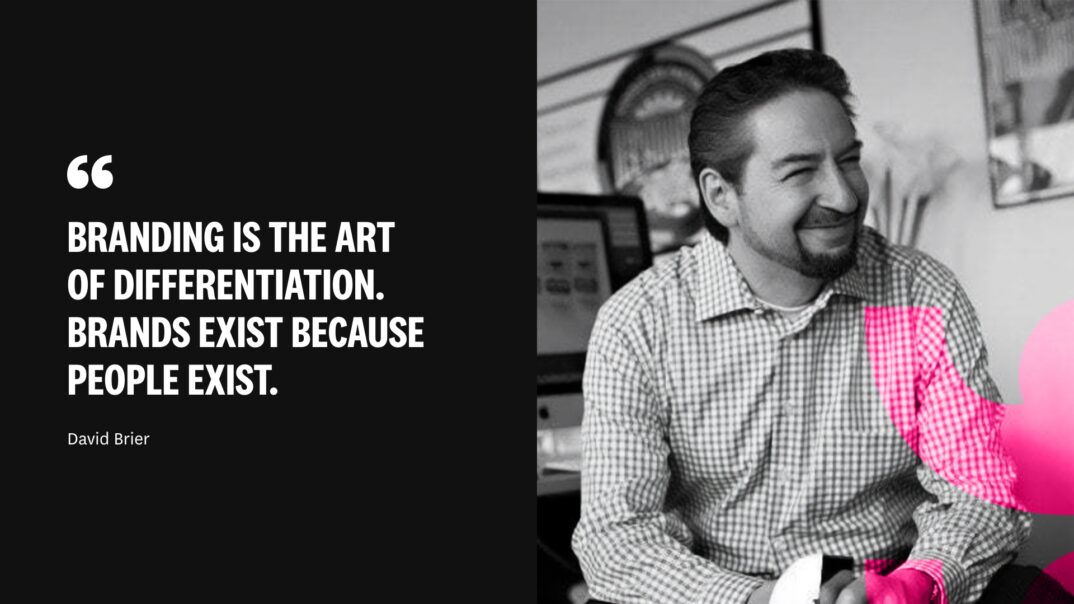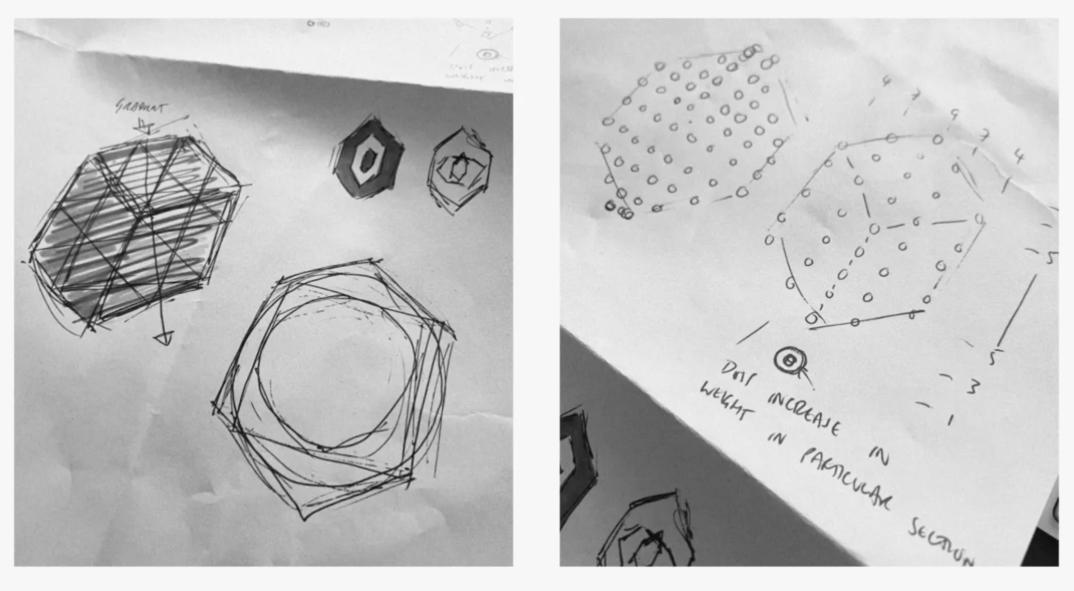Creating an impactful charity brand by design
What exactly is a brand?
A brand is a strong tool for any organisation. It’s your identity, your package, your world… or at least the world your audience experiences when they enter your world. It’s your opportunity to connect with your audience, be it donors, other charities, experts in a particular field, the government or the general public. The truth is it is all-encompassing, your logo is simply the “pretty front door number” for your audience to easily find you – what goes beyond that door for successful brands is a sophisticated brand system that can truly connect with key audiences. So when we talk about a brand in tangible terms, what do we really mean?
Specialising in brand design for over 7 years, our Senior Designer Paul Connor shares more detail on the distinguished difference between logo and brand identity and the power a brand can have on your user experience and KPIs.

What is a logo?
If we think of a logo in its simplest form, it is a graphical device used to identify…something. Whether it’s a medieval coat of arms distinguishing friend from foe or a piece of fruit to represent a global technology company, at its core (pun intended), a logo is a visual identifier.
Although a logo might ‘merely’ act to identify a brand, it can and should reinforce or at least align with your brand values and be tonally appropriate. For example, whilst the FedEx logo is often lauded as an example of brilliant logo design, you wouldn’t expect to see it on a perfume bottle.

What is a brand identity?
Put simply, a brand identity is a system of tangible elements that make up the look and feel of a brand. Generally, this includes but is not limited to, logo, typography, colour palette, graphical devices and imagery. If we think of a logo as a person’s face, the brand identity is their face plus everything else you see – facial expressions, hairstyle, clothes etc.
It’s worth noting at this point the difference between brand and brand identity. A brand is how people feel about your organization – their perception, expectations and experiences. Whereas a brand identity is the visual system used to deliver on that perception. Using the previous analogy, if the brand identity is how a person looks, a brand is how a person behaves, talks and smells!

The power of a charity's brand identity
As contradictory as this may sound, (and although it pains me personally to say), brand identity is not about creating something which simply looks beautiful… well, not entirely. An effective brand identity is a tool that, when used correctly, can enable genuine and impactful storytelling.
It’s also a tool which can help to manage different target audience group expectations within one brand. Many times we’ve worked with clients to develop their brand system to realise the potential of this very element of branding. Take Duchenne UK as an example, a charity with a clear aim to end Duchenne’s devastating impact by connecting scientists, the pharmaceutical industry, the NHS and families to advance and accelerate medical research and provide care and support needed to those impacted.
We recognised three core user groups with three different asks and expectations for Duchenne UK. By evolving their brand system to suitably target these three groups, it enabled each audience type to easily identify where they were in their user journey and whether content was intended for them or another audience. In turn, their full brand application could strike the balance between being authoritative yet welcoming and scientific yet human. This in turn, helped Duchenne to get a 135% increase in donation traffic amongst other positive metrics. You can view our case study, to learn more about what we did and how it impacted their business KPIs.
Overall the power a brand can have depends wholly on the commitment to get all aspects to connect. A well thought out system can differentiate a brand from its competitors, create emotional connections, elicit action and directly impact lives.

Key takeaways
- A logo in its simplest form, is a graphical device used to identify your brand / organisation. A logo is NOT a brand.
- A brand identity is a system of tangible elements that make up the look and feel of a brand. This includes but is not limited to, logo, typography, colour palette, graphical devices and imagery.
- Envision if you must a logo as a person’s face, the brand identity is their face plus everything else you see – facial expressions, hairstyle, clothes etc.
- A brand is how people feel about your organization – their perception, expectations and experiences. Whereas a brand identity is the visual system used to deliver on that perception.
- A brand identity when executed across the entire system can provide a more relevant and suited experience to your audience groups to access what they need and take action.
- The brand values and tone of voice that you communicate should consistently reflect the service you provide to your key audience and the culture you share in-house to your internal stakeholders. It’s really about being the living and breathing extension of your brand in how you operate as an organisation.
Why should your brand be top priority?
With limited budgets and the need to meet direct KPIs it may prove difficult to put your brand top of the agenda, particularly in a purpose-driven space. Nonetheless, we would encourage that you ask yourself these key questions to determine whether your brand is propelling or dwindling your success:
- Are you achieving strong brand recall with your target audience across activity?
As we touched on, brand is very much how people feel about your charity – an emotional connection. This isn’t more appropriate than when it comes to purpose-driven organisations, where emotive storytelling and genuine connection is vital. An effective brand and brand identity speaks to the head and the heart, giving a reason to believe, trust and support.
- Are you finding your KPIs across the board are running stagnant or falling despite your campaign efforts?
Although not immediately obvious, an effective brand will affect (positively or negatively) most if not all KPI’s. A distinct and robust identity will help people to remember you, effective and emotive storytelling will promote advocacy and clear and consistent brand application will enable people to interact with and support you.
- Does your audience believe what you feel you perceive?
As we mentioned earlier in this article, your audience (s) should be clear that you’re speaking to them and guiding them through your product. Equally it should be felt and trusted that you can unlock some form of direct value for them and their needs in fair exchange. If there’s even a slight disconnection between your brand identity and your communications, it can minimise trust and clarity throughout that journey.
We can help!
We understand there can be many barriers to success where fresh perspective outside of the organisation can be really beneficial. As you may be able to tell, we’re big fans of the process of building powerful brand identities and systems. Our experienced creative design and digital team are committed to helping purpose-driven organisations maximise their success and impact. If you think there’s work to be done on your brand or its application, drop Jack De Wolf (our Managing Director and overall legend) an email at jack@studiorepublic.com.
For more insights, tips and team news from the studio, visit our content hub.
Want your brand to deliver more impact with your audience?
Chat to Jack!
jack@studiorepublic.com
